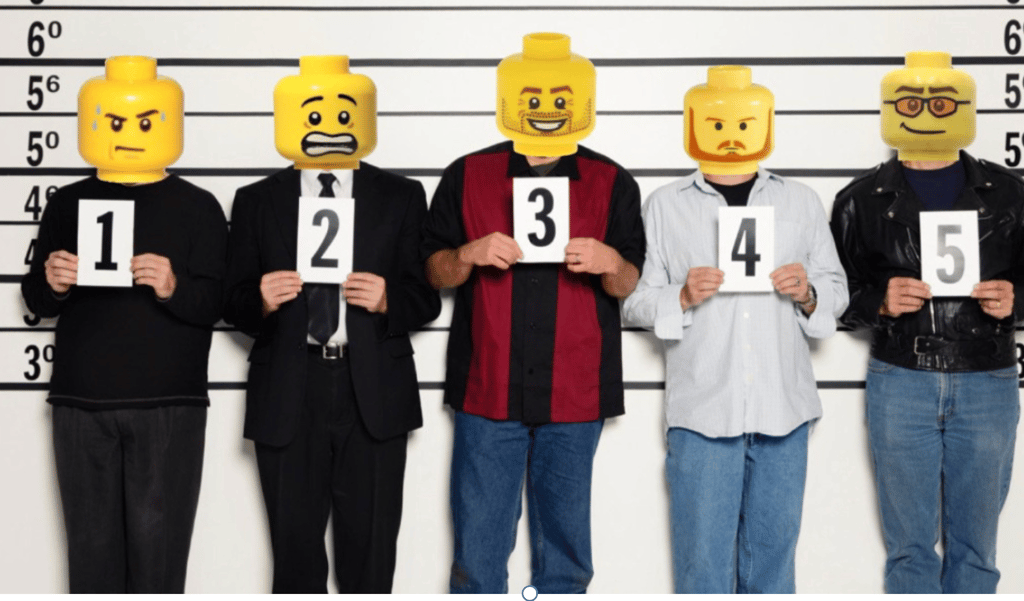
A police department in southern California was forced to discontinue using Lego heads to cover up suspect faces after Lego contacted the department and asked them to stop using its intellectual property. The Murrieta Police Department began doing this in response to a new state law that prohibits law enforcement agencies from sharing suspect photos for nonviolent crimes unless specific circumstances exist.
Furthermore, the new law requires agencies to remove suspect mugshots from social media after 14 days, unless special circumstances exist.
Lego Group asked the police department to refrain from using their intellectual property
For months, the Murrieta Police Department in southern California has been posting images of suspects in alleged nonviolent crimes with Lego heads digitally imposed on their faces.
However, the Lego Group contacted the police department earlier this week and “respectfully asked to refrain from using their intellectual property,” according to Forbes.
The Murrieta police will no longer use Lego heads to comply with state privacy laws.
The police department is now looking into new ways to publish content that is “engaging and interesting” to its social media followers.
The practice of covering suspects’ faces dates back to at least 2022: Murrieta Police Department
California Assembly Bill 994, signed into law on January 1 of this year, requires police departments to remove booking photos of suspects shared on social media after 14 days “unless specified circumstances exist.”
It also requires police departments to use the suspect’s provided pronouns and name in all social media posts.
However, the requirement to cover suspects’ faces in booking photos dates back to a 2021 law that prohibits police departments from posting booking photos of suspects accused of nonviolent crimes, with some exceptions.
According to the department’s Instagram page, the practice of covering suspects’ faces dates back to at least 2022. It cited the presumption of innocence until proven guilty for all suspects, as well as concerns about workload when deciding which photos to post and which not to post.
